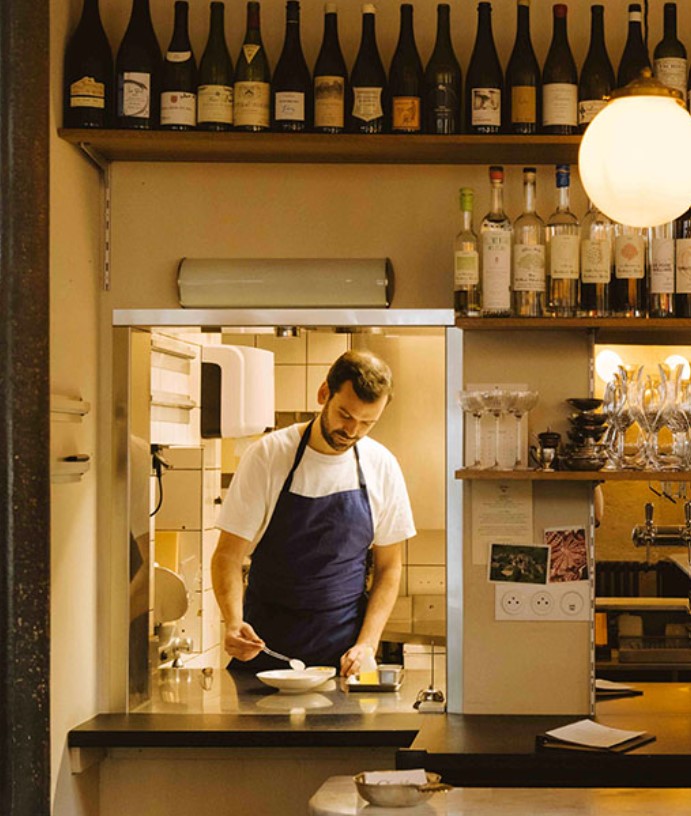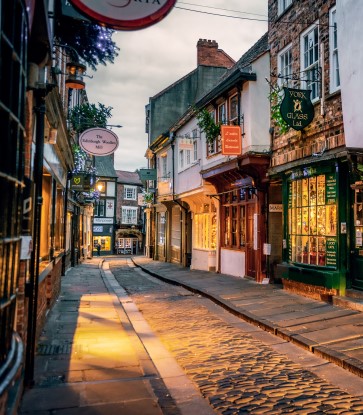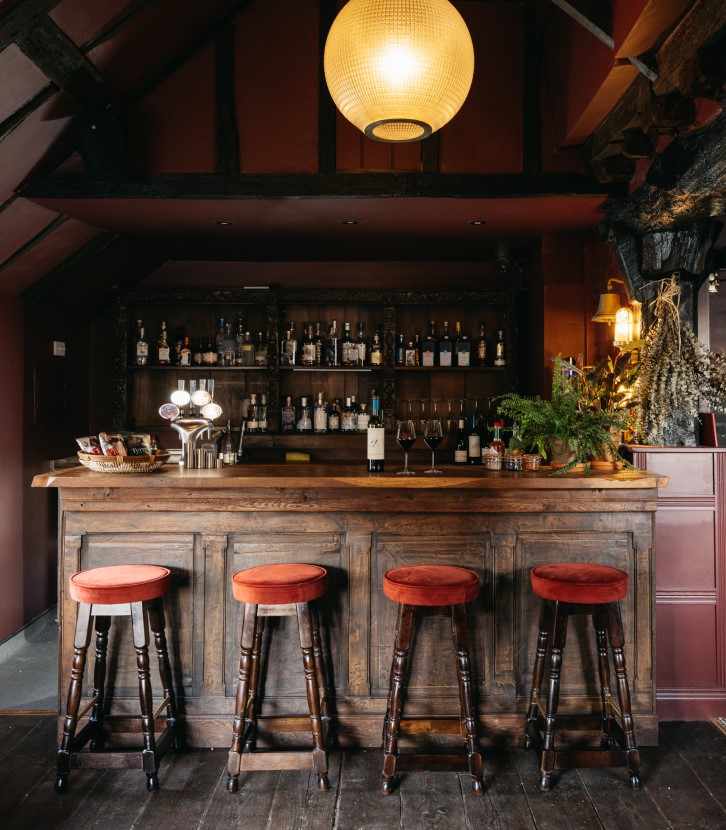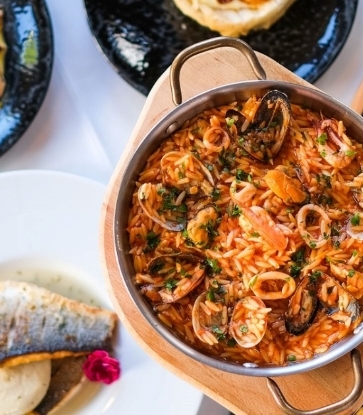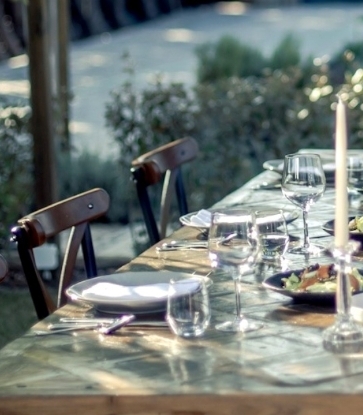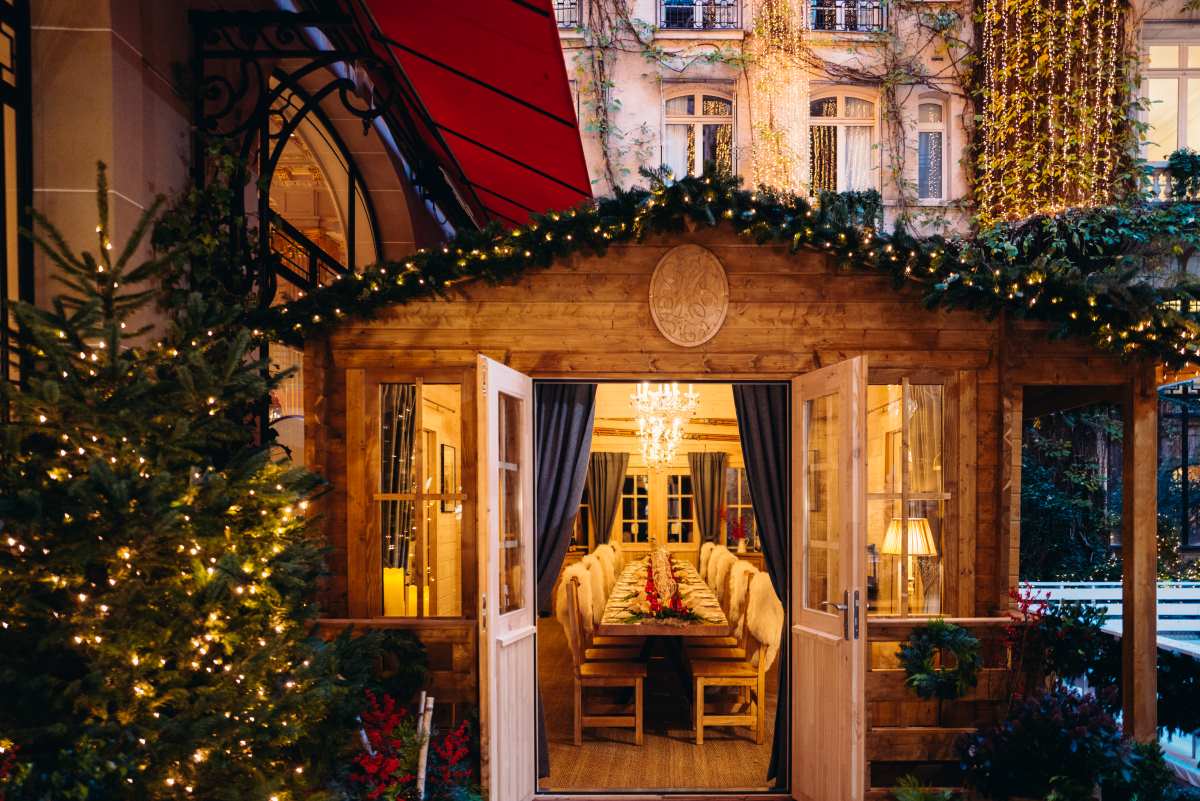Thirty-five years ago, the Tokaj wine region in Hungary underwent a revolution, moving from a period of standardisation due to a long period under Communism to a happy and welcome renaissance. New players reintroduced a wide variety of styles and restored the region to its former glory. Aszú, an eternal figurehead that has survived the centuries and some tumultuous periods of history, has shown a refreshing new side since this pivotal period. Each producer brings their own signature style and shines a light on their many terroirs: the Tokaj vineyard has more than 400 crus, a patchwork comparable to Burgundy or Champagne. The range available has never been so exciting.
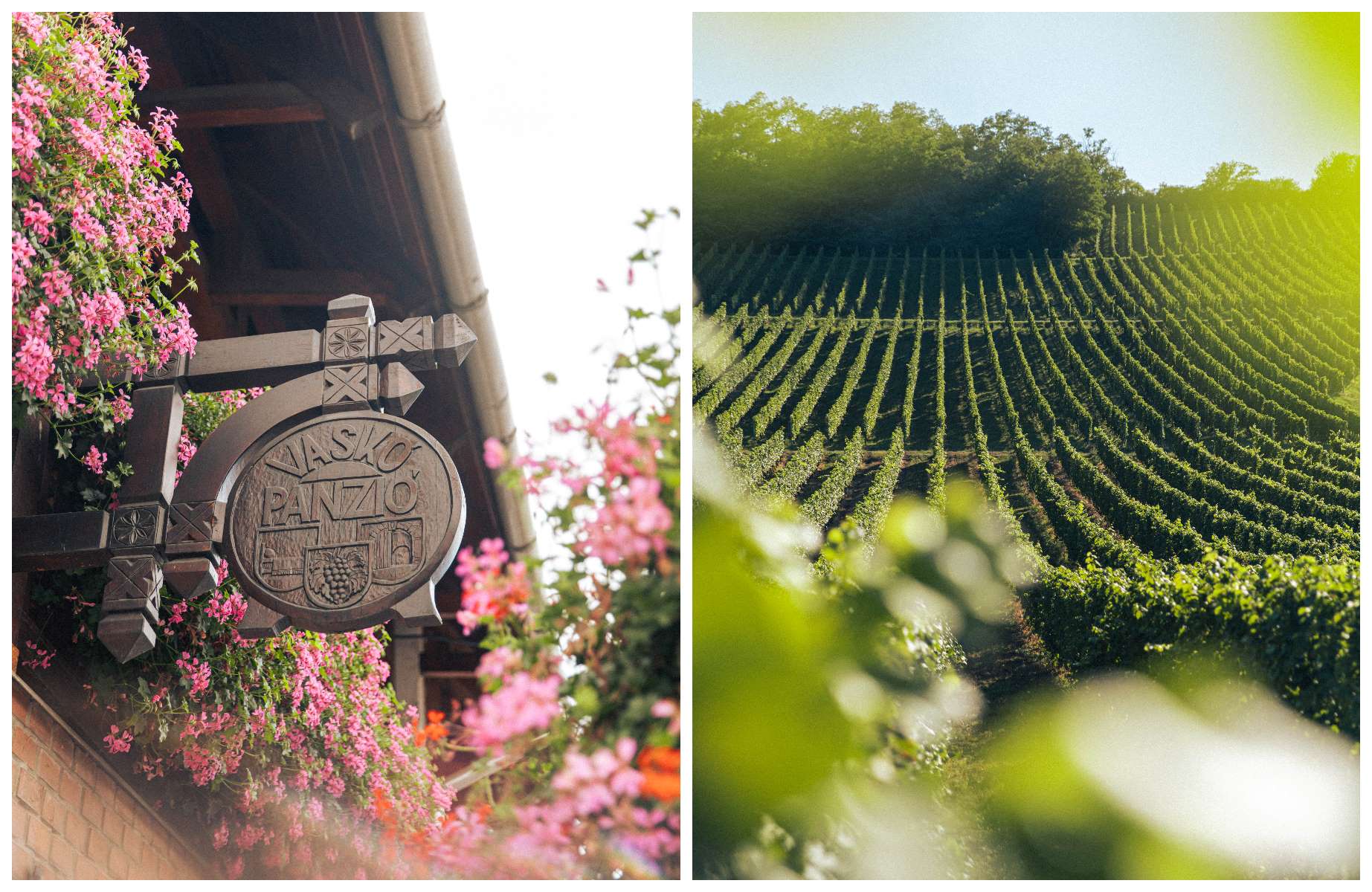
Royal Tokaji, The First Joint Venture Launched By and For Aszú
The very first joint venture, entailing the partnership of some 60 Hungarian wine growers and Western investors, came into being in 1990. A main instigator was British wine writer Hugh Johnson, who has always believed in the Tokaj terroir and Aszú wines. From day one, the goal of this leading and intrepid company has been to select aszú (dried out) grapes – and it remains so today. The botrytised grapes, or 'aszú berries', affected by noble rot, are picked one by one, placed in 25kg crates, then macerated in so-called base wines. This blend is then pressed, and the fermented juice is aged in barrels for several years. During this process, the flavour, aroma and texture of the wines intensify… resulting in Aszú wines.
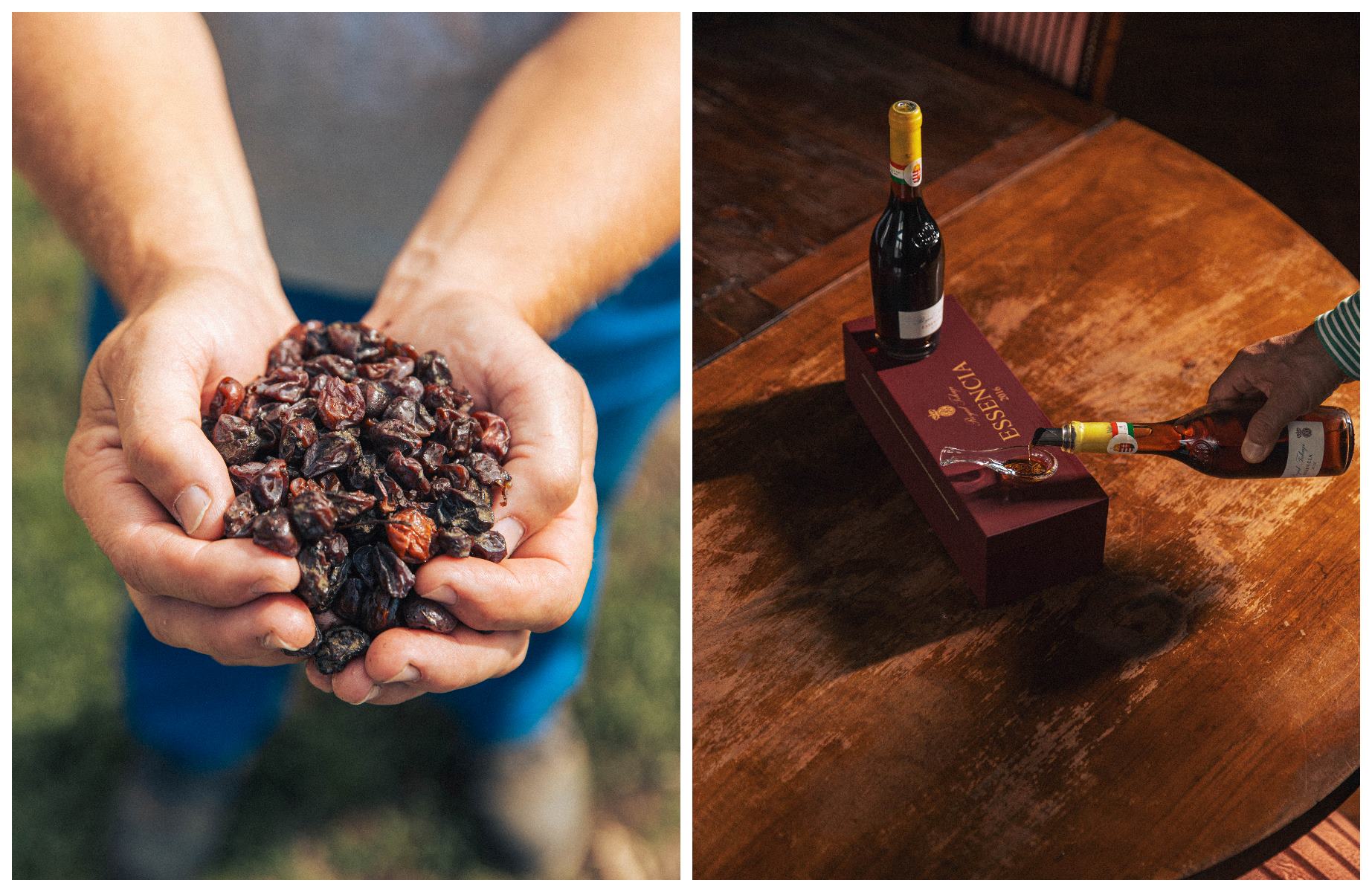
Royal Tokaji, located now – as in its early days – in the village of Mád, with its striking typical yellow façade, owns 100ha of vineyards and purchases the equivalent of 25ha of grapes from outside the estate. It produces some of the most famous and well-loved wines, including Úrágya, Szt Tamás, Betsek and Nyúlászó. A third of the harvest is picked at the start of the season: this will be dry wine; the rest will become sweet wine, half of it Aszú, so there is an excellent range.
Renowned in London and England, Royal Tokaji is held in high regard by chefs who delight in creating food and wine pairings. Take the Blue Label 5 Puttonyos (90% furmint and a touch of hárslevelű), which pairs beautifully with juniper-smoked duck, a Scandinavian combination devised by Klearhos Kanellaki, Head Sommelier at Ekstedt at The Yard (London), and chef Therese Andersson.

Szepsy, the staunchest defender of Tokaj wines
No one was more central to the chapter of Tokaj's history around the turn of the 20C-21C than István Szepsy, Sr. Well known in Hungary and considered by his compatriots to be the region's best wine producer, he fights for the huge potential of the wines and terroirs to be recognised, and advocates for a new wine classification, the last of which dates back some 100 years.
István Szepsy's business is based in Mád, which is in the region's southwest. The vineyard wraps around the village, surrounding it with the most prestigious names. But Szepsy does not operate alone: his whole family is involved, especially his daughter Gabi and son István. They all believe strongly in Aszú and in the capacity of these sweet wines to express differences in soil and subsoil, which are more varied in Tokaj than anywhere else. The wines are made in the traditional way and Szepsy picks only the best from the vine, going so far as to leave the grapes on the vine some years if the quality is not up to standard. The wines have an astonishing texture – juicy and velvety.
Chef Francesco Gabriele, wine director for the Iconic Luxury Hotels group (Cliveden House in Berkshire, Chewton Glen in Hampshire), understands this well. To bring out the best in his superb Aszú 6 puttonyos, he knows that the combination of sweet, bitter and tart flavours in a cheese soufflé and a curly endive salad enhances the wine. Aszú also pairs well with fish, such as roasted sea bream and scallops. The devil is in the detail, for example the subtle addition of walnuts, chutney, caramelised black pepper.
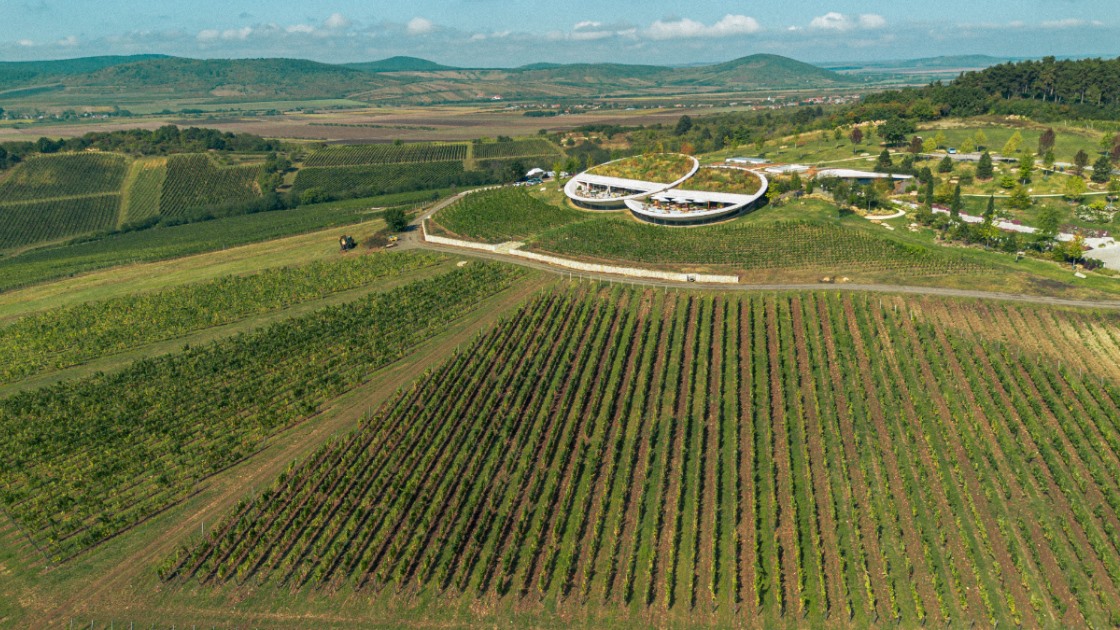
Sauska - Aszú, Sparkling Wine and a Restaurant Amid the Vines
The most modern and impressive winery in the Tokaj foothills opened its doors in 2024, complete with an astonishing and stylish vat room in its basement. Above this huge winemaking space, there is a bar, as well as a restaurant, Padi, and two round terraces, which, from a bird's-eye view, call to mind two large eyes staring at Mt Tokaj, a 514m-high volcano. Krisztián Sauska, a businessman who made his fortune in the US, acquired this remarkable place and brought a creative new approach to Tokaj, while also respecting tradition.
Also owners of a sister winery in Villány, a red wine region south of Lake Balaton, Krisztián and Andrea Sauska are among the most active and innovative players in Tokaj. Their focus here may be on carving out a niche in cutting-edge sparkling wines (pezsgő), but the heart of their production remains Aszú, the wine that sealed the region's reputation and is its flagship product. Gábor Rakaczki, a winemaker at Sauska, strives to age these wines in the most noble way possible.
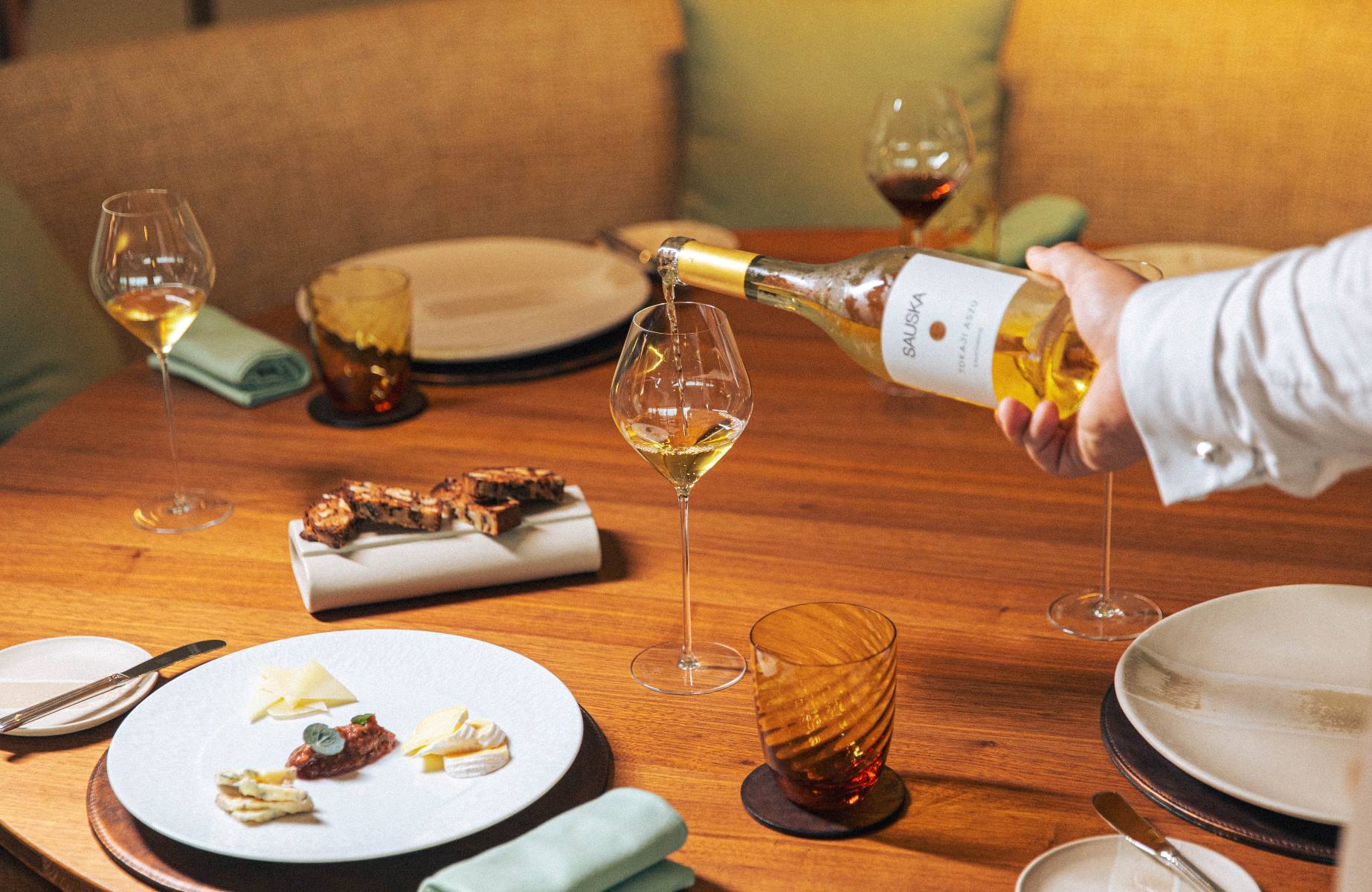
At Padi, guests can fully immerse themselves in the region with a Tokaj-themed tasting menu accompanied by local wine parings. At Sauska 48 in Villány, meanwhile, an Aszú 5 Puttonyos 2019 is paired with duck liver terrine elevated by apple compote, walnut cream and salted caramel, accompanied by brioche. The sweet and savoury combination brings out the aromas of the Aszú, the freshness of which envelops the whole dish.
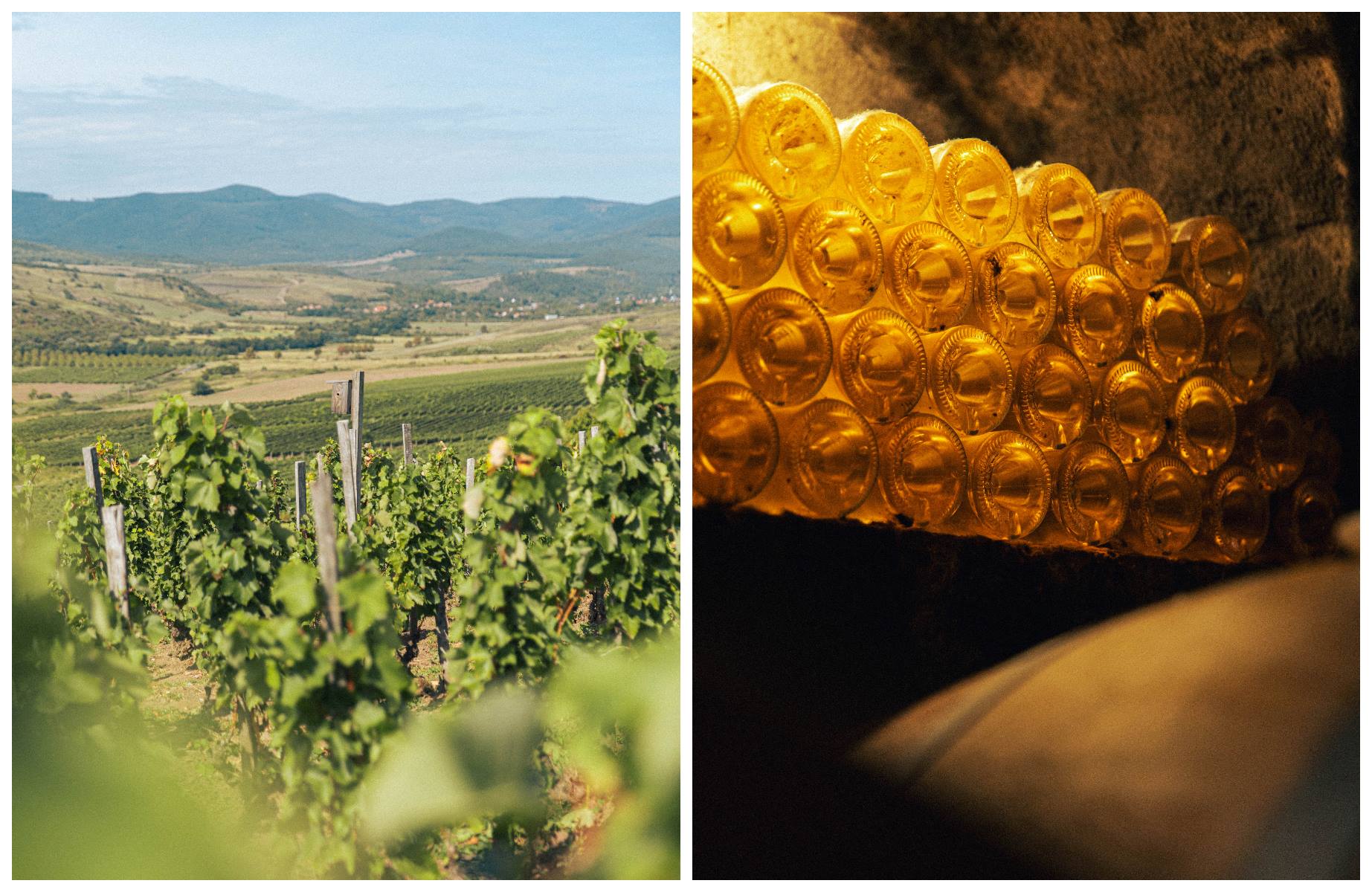
Oremus, When the Spanish Fell in Love with Aszú
Oremus was founded in 1993 in the village of Tolcsva, in the centre of the Tokaj region. It was the last company to be founded in the wake of the dismantling of the state farm and its creation was made possible through foreign investment. The Alvarez family, from Spain, invested substantial resources in the region. They elevated their Hungarian production to match the standards of their Vega Sicilia vintage, one of Spain's greatest red wines, from Ribera del Duero. The quality of Oremus Aszú wines is undeniable, under the stewardship of the meticulous András Bacsó Junior, whose father (also András Bacsó) had blazed the trail over the previous 30 years.
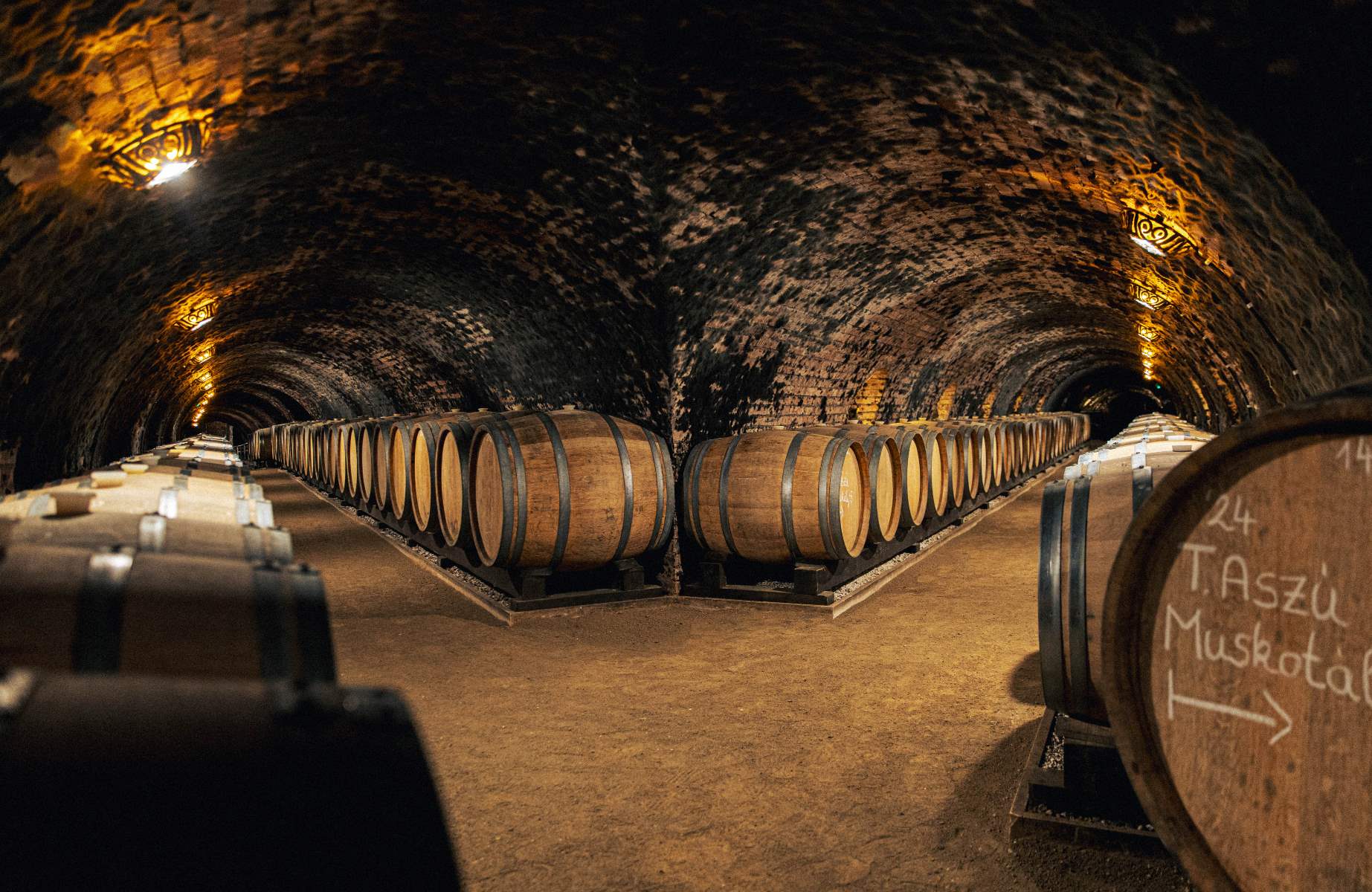
This Spanish-Hungarian collaboration has produced one of Tokaj's most compelling expressions, thanks to the unconditional passion of Bacsó Senior – himself a national treasure – and a savvily managed vineyard. It spans 90ha of magnificent slopes and a multitude of crus with mineral-rich subsoil. Extending through multiple tunnels beneath the winemaking facility, the cellar where the wines are aged is breathtaking.
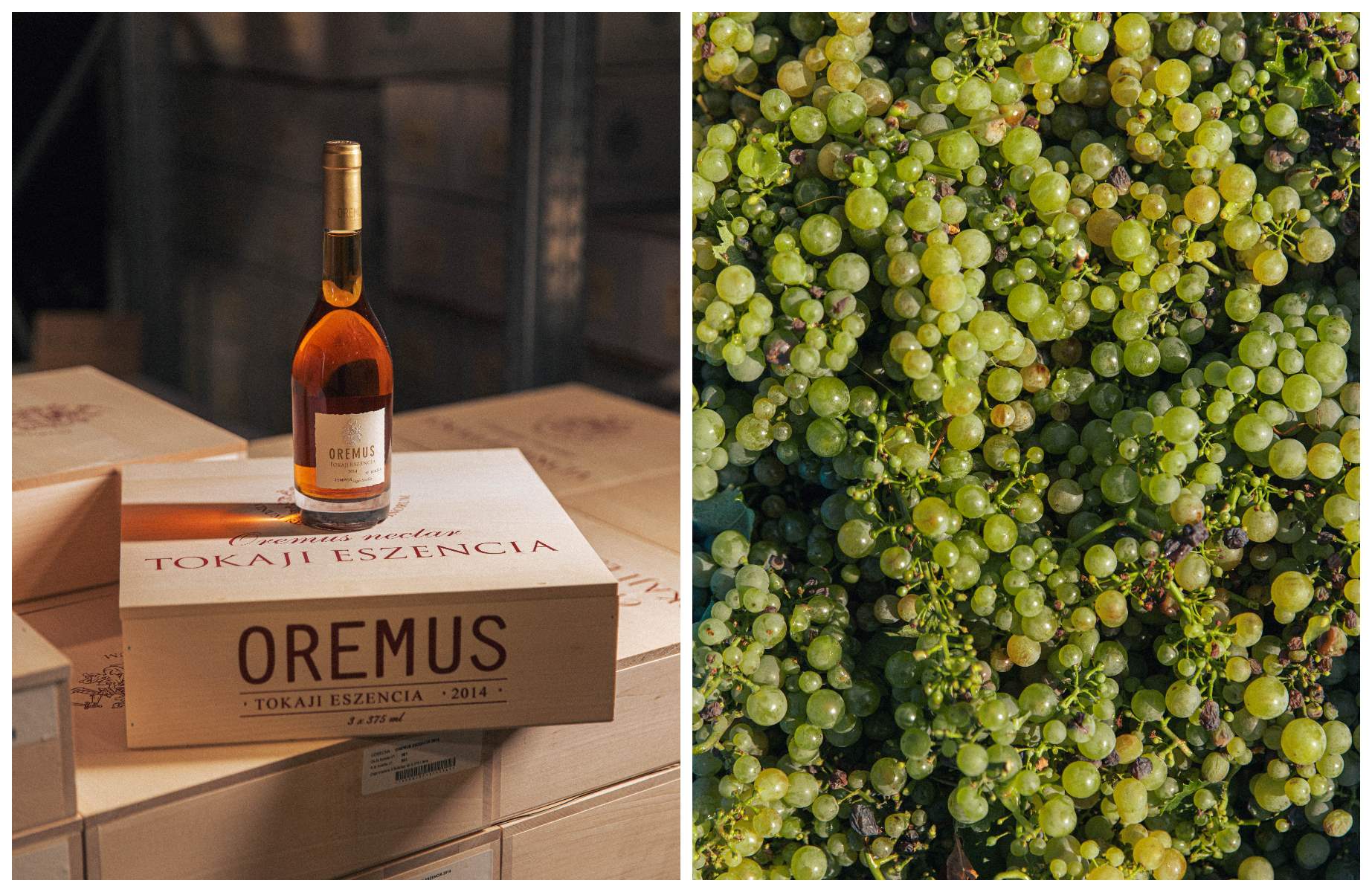
András Bacsó Senior has constantly sought to connect with the origins of this centuries-old wine in the books he collects. Through hands-on experimentation, he has always explored the manifold possible culinary pairings. For chefs, pairing Aszú is about finding complementary textures and aromas: with foie gras, for example, a touch of apricot or candied quince and fresh or marinated ginger, it will make for a memorable pairing.
Hero Image: The welcoming sight of vines in the Tokaj region / © Florian Domergue







